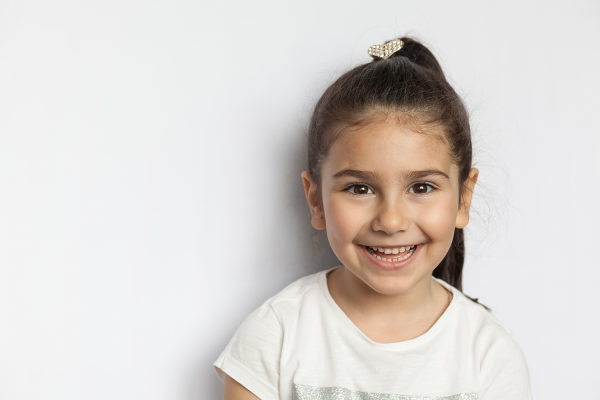Help us
Project overview
The emotions we experience on a daily basis activate our neural systems by driving us to perform actions (executive tasks). As a result, emotions are vital in cognitive processes such as perception, learning, and decision-making.
These emotions are RESPONSES to EXTERNAL STIMULI, such as watching a movie, reading a book, talking with friends, seeing a lion in front of you, and so on.
Positive emotions have been proven to modify the circuits of our memory and learning. This highlights the role of emotion and cognition connection in memory processes.
Smiling is an extremely important positive emotion since it is one of the positive emotional expressions that the newborn receives throughout its first years of life through interaction with parents or caregivers.
There are various sorts of smiles but the Duchenne smile elicits the strongest response in the neural system.
The Duchenne smile is genuine and spontaneous, with a strong emotional charge that activates parts of the limbic system.
To complete this project, El Cole de Celia y Pepe, Doctor Tomas Ortiz, research leader, and specialists from the University School of Design, Innovation, and Technology (ESNE) collaborated.
The study’s population is the children of Fundación Querer’s El Cole de Celia y Pepe: children of various ages with different neurological pathologies, but with a common denominator such as refractory epilepsy, developmental delay, aphasia, and language disorder due to their rare neurological diseases.
Purpose / working hypothesis
The assumption made here is that prior connection with a pleasant emotional response improves an executive task.
We believe that the more frequently we correlate the Duchenne smile with the specific learning that the child is undertaking, the less errors he will make and the reaction time, both mental and motor, will decrease. As a result, the child will experience a favourable evolution of this learning.
Goal:
To link the parents’ Duchenne smile to a visuospatial challenge created with an app and evaluate its effectiveness in response time.
Financing
The project budget is €50,000, which covers the following items:
- software designed specifically for electroencephalograms
- specialized wiring
- the assistance of a professional who has worked on scientific data since December 2020
Until now, individual donations have funded the research.
Volunteering is an important aspect of this project; both Dr. Tomás Ortiz and the ESNE firm worked on it for free.
Annexed documents
Management and progress
Dr. Ortiz and Mr. Pablo Nogueira from ESNE oversaw the project personally.
The progress has been as follows:
- 2018: statement of the project’s objectives, phases, and requirements
- September 2019: the project begins at El Cole de Celia y Pepe.
- To carry out the project’s research, ESNE creates an app for multiple platforms and devices (tablet, smartphone, PC), and encephalograms are done on the children.
- An exercise game is generated in the app where
- The executive task is the recognition and selection of an object from a set of options in the shortest period of time.
- The emotional response is the parents’ or teachers’ Duchenne smile, captured in a high-quality photograph adjacent to the object to be identified.
To play and progress through the levels, the child is given an object on the screen (for example, a dog) next to his or her father’s or mother’s Duchenne smile, so that the child associates it as “correct.”
After the specified period in milliseconds, the next screen displays items in various positions. The youngster is shown 2, 3, 4, and 6 objects to pick from, including the dog, and is asked to select the proper one. The child selects the dog because he correlates it with the parental smile.
The response timing, the number of objects to be shown, and the distances between the face and objects can all be adjusted depending on how easily or difficultly the child selects the object in each phase of the study.
The goal is to demonstrate that the executive improvement (choosing the correct item in less time but tailored to the children’s diseases) is solely attributable to the object’s association with the emotional response to the Duchenne smile (bottom-up executive improvement).
- May 2021: For two months, children play while fundamental information is gathered.
- November 2021: At this point, the program will change the challenge based on each child’s level, and they will be able to play for 6 months. We intend to finish the project in July 2022 and then move on to the statistics data.
The project has to be halted in March 2020 because to COVID. Due to the delay, we had to redo several of the early tests when we restarted.

















